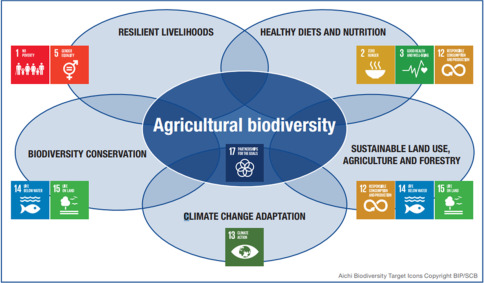
BY TSEGAY HAGOS
Ethiopia has a broad-array of faunal, floral and microbial potentials. The presence of diversified plant and animal species which are not found anywhere in the world except Ethiopia is verified. According to the magazine published by the Ethiopian Biodiversity Institute, the diversity of flora in Ethiopia is extremely vast with an estimated number between 6,500 and 7,000 species of plants. About 15 percent of them are endemic. This makes the country the fifth largest floral country in tropical Africa. As far as animal species is concerned, the nation hosts about 277 mammals, 861 birds and 201 reptile species.
Even if Ethiopia has enormous biodiversity resources, it has not been utilizing it to ensure technologically supported sustainable development and conserve its biodiversity.
What has been done so far to preserve biodiversity? How should it be done to realize innovation and economic development through exploiting biodiversity blessings?
Ethiopia needs to utilize the huge biodiversity potential to ensure sustainable development through enhancing biotechnology, says Adugna Admas, Researcher at the Ethiopian Environment and Forest Research Institute.
‘‘Ethiopia has immense genetic biodiversity which is vital for developing biotechnology and realizing sustainable development. It has very diversified ecosystems ranging from moist forest and all-embracing water lands to the one of the hottest place on earth known as the Afar Depression,’’ he says. ‘‘The diversified climate and topography has created ample opportunity to bolster biodiversity. But there are challenges in utilizing the resources,’’ he adds.
The researcher insists that genetic engineering research is being undertaken in the institute to innovate biotechnology which could improve soil fertility, produce and production and preserve fauna and flora resources.
‘‘Though the nation is blessed with biodiversity, it has not been utilizing this massive resource due to lack of technology and other constraints. Having understood this limitation, the government and governmental organizations have been exerting their maximum efforts in harnessing it. As a result, positive outcomes are being maintained. There are successful activities which allow for conserving biodiversity,’’ he points out.
As to him, biodiversity roadmap that would be implemented in higher institution for the next 10 years has been prepared and it will be expected to troubleshoot the challenges posing hurdles in strengthening efforts of exploiting genetic biodiversity.
In biodiversity conservation and continuation, challenges such as loss and degradation of habitat, climate change, chemical and biochemical pollution, logging and poaching, invasive species, disease, loss of plant pollinators, wildfire and others are the major factors which are affecting biodiversity. To address these challenges, identifying technology wise solutions are very vital.
Muluneh Gizaw (PhD), Lecturer at Addis Ababa University, Institute of Technology for his part said proper utilization of biodiversity is fundamental to transform biotechnology innovations and to ensure sustainable agriculture.
‘‘There are successful efforts in producing genetically modified crops and vegetables. Drought resistant crops such as maize, wheat, Teff and barely have been discovered through research. Regarding vegetables, hybrid tomato, onion and potato were discovered and distributed for farmers. This move should be taken as positive step in exploiting biodiversity resources,’’ according to him.
Muluneh insists that lack of infrastructural, lack of awareness and poor technological development were the main challenges in using biodiversity for building productive and sustainable agriculture.
On the other hand, Daniel Assefa, Post Graduate student at Jimma University reaffirms that Ethiopia should pay attention to the conservation of biodiversity since it has been affecting human activities and climate change.
‘‘If our country is not successful in conserving its resources, it would be meaningless to own biodiversity. Nowadays, several endemic plant and animal species are in the brink of extinction. The government and stakeholders should intervene to save them.’’
According to Daniel, there are 15 endangered animal species in Ethiopia. These include Ethiopian wolf, Walia Ibex, cheetah, chilada baboon, dorcas gazelle and various bird species. The endemic plant species are also in danger unless urgent conservation campaign is carried out.
To sum up, bountiful Ethiopia has bright future to be peaceful and prosperous nation in Africa. But to realize this goal, it should harness its biodiversity. To realize this goal, the government, non-governmental organizations and other stakeholders should exert their maximum efforts for biodiversity conservation. Ethiopian researchers at home and abroad should share their knowledge, skills, experience and technology to promote and develop the Ethiopian biodiversity for realizing green and sustainable economy
The Ethiopian Herald 23 April 2021





